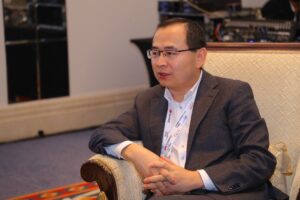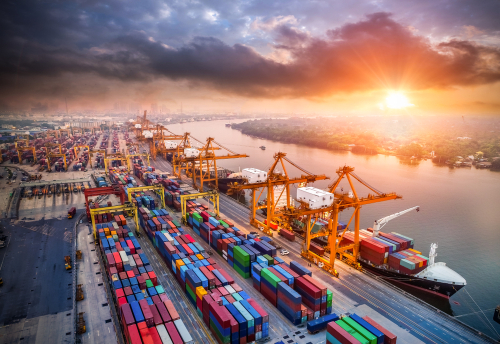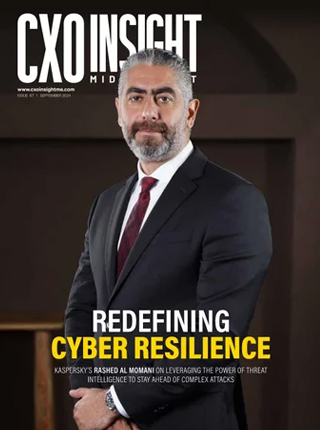Why did Huawei establish this industry-specific business unit?

In most countries, these industries are still largely paper-based. As a significant ICT vendor with 30 years of track record, Huawei offers advanced technologies and solutions spanning connectivity, computing, cloud, artificial intelligence, and Big Data. In our experience working worldwide, we noticed a big room for improvement in facilitating cross-border trade and customs procedures. During the pandemic, we’d seen massive disruptions in the supply chain, and as a result, ships and their cargo had stockpiled in ports and terminals. One of the ways to address this challenge is to improve the physical infrastructure, such as widening yards at ports. However, it requires heavy investment and will take a long time. Even then, it would not solve all the problems. We believe the customs and port industries must adopt ICT technologies to address these challenges, so we have established this business unit to help improve the global trade infrastructure with digital technologies.
What are the main business lines of the Customs and Port BU?
We have a pretty big R&D process in place for the customs sector, and we provide the ICT infrastructure required for management and cargo verification. For example, we offer national cloud DC and national production and office network to digitalise the critical business processes for smooth and seamless customs clearance and verification. In addition, we provide AI and Big Data-based risk control platform that helps customs authorities to improve their revenues and reduce evasions. We are also working with our global ecosystem partners to provide full-stack solutions to improve operational efficiencies and accelerate the digital transformation of the customs industry.
The scope of our solutions for ports is broader because it includes seaports, river ports, airports, railways, and inland ports. Currently, maritime transport accounts for 80 percent of global trade, which is higher in China. Ports require lower-cost operational efficiencies because of year-round, 24/7, uninterrupted operations. However, in the last 2-3 years, we have witnessed severe congestion in seaports and a surge in shipping costs. The only way to solve this problem in global trade is to make terminals wider and apply automation and intelligent technologies to ports and terminals. For example, we helped Tianjin port in China to build the world’s most advanced, intelligent, and 5G-powered terminal by leveraging our remote-controlled video solutions for the operation of container cranes and autonomous vehicles for horizontal transport.
Today, port operators need an intelligent planning platform to coordinate every aspect of operations because it is nearly impossible to do it manually. This is why we offer an intelligent platform for operational efficiency and resource utilisation of ports powered by Huawei’s OptVerse AI Solver.
How different is this region compared to the rest of the world?
The Middle East has unique geographical advantages as it connects three continents. It is also an important shipping hub. Huawei has established long-term, sound partnerships with enterprises in the Middle East, with many successful digital transformation cases. Based on Huawei’s years of ICT R&D experience and fundamental technologies, the Customs & Port BU will promote and replicate successful ICT products and scenario-based solutions to support the trade infrastructure — customs and port infrastructure in particular — in the Middle East, achieving modernisation and smart development. In doing so, we can improve port operational efficiency and cross-border trade facilitation.
Can you share some success stories around the world where you have helped customers to go digital in this sector?
Huawei supported planning and design, provided a digital platform, and built the network infrastructure for the Chongqing Lianglu-Cuntan Free Trade Port Area, helping the customer visualise its status, control incidents, and manage businesses.
Another case in point is Shanghai Yangshan Port, which took the lead in applying Huawei’s All-Optical Industrial Network Ultra-Remote Control Solution. It can now remotely control port cranes 100 kilometers away in real-time. The solution shortens end-to-end network latency to less than 1 ms, prevents PLC control signal interruption and video freezing, and enables remote control that feels just like on-site operations. As a result, staff see 60 percent shorter commutes and spend 80 percent less time on troubleshooting. Plus, a single driver can control two to four port cranes at the same time. This solution improves production efficiency, remotely allocates production resources across regions, and makes for happier employees who stay on the job longer.










Discussion about this post